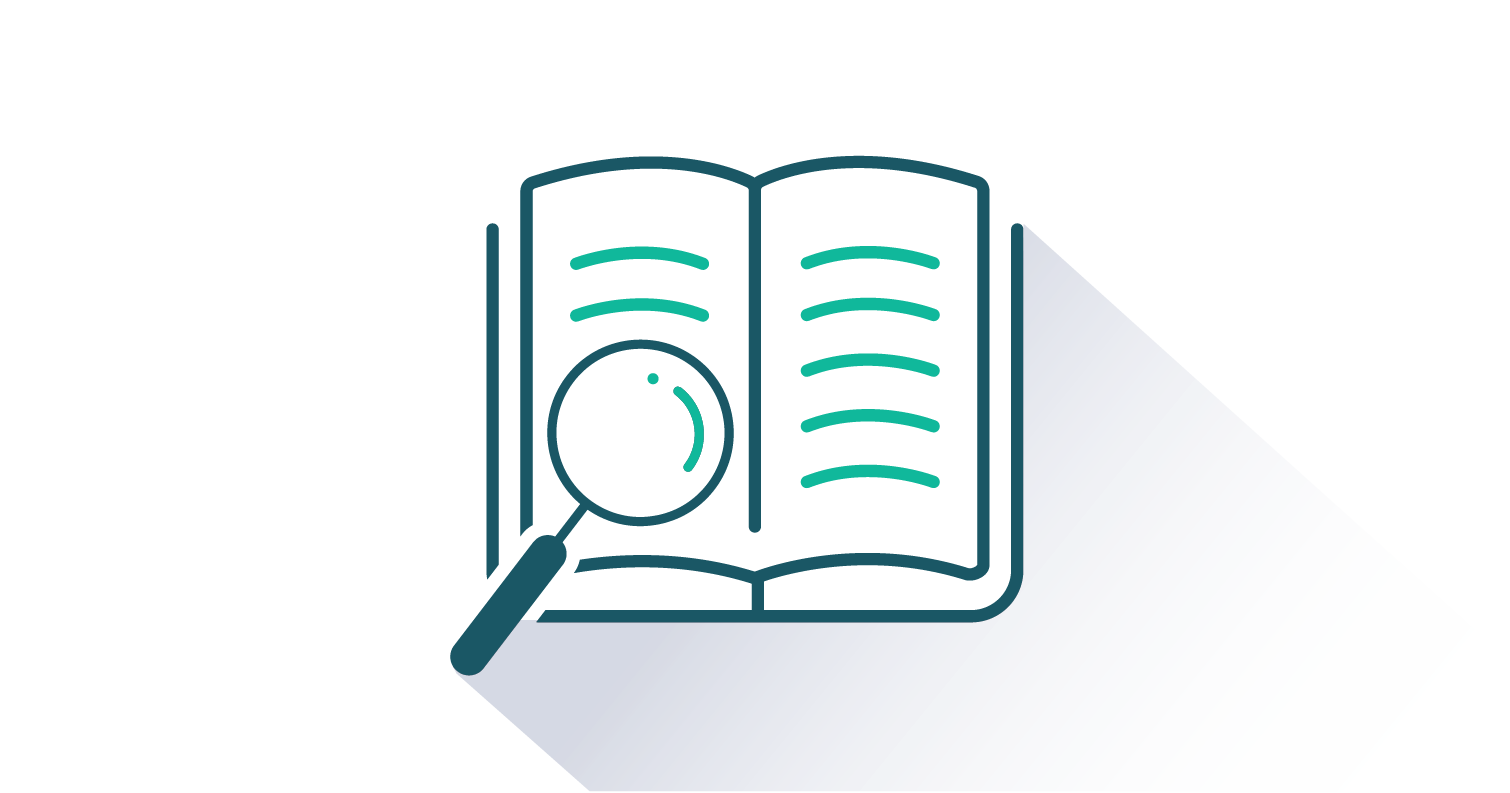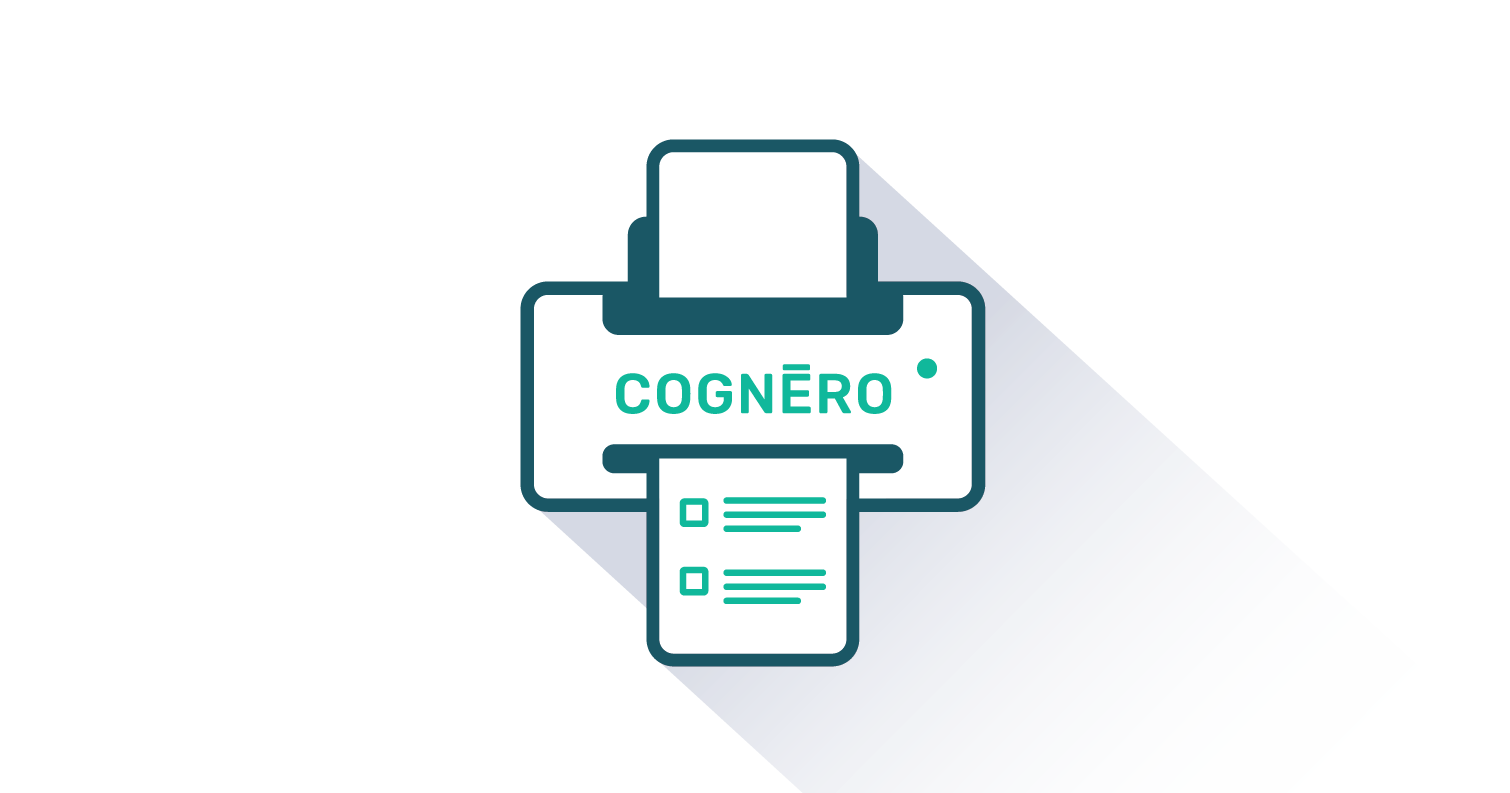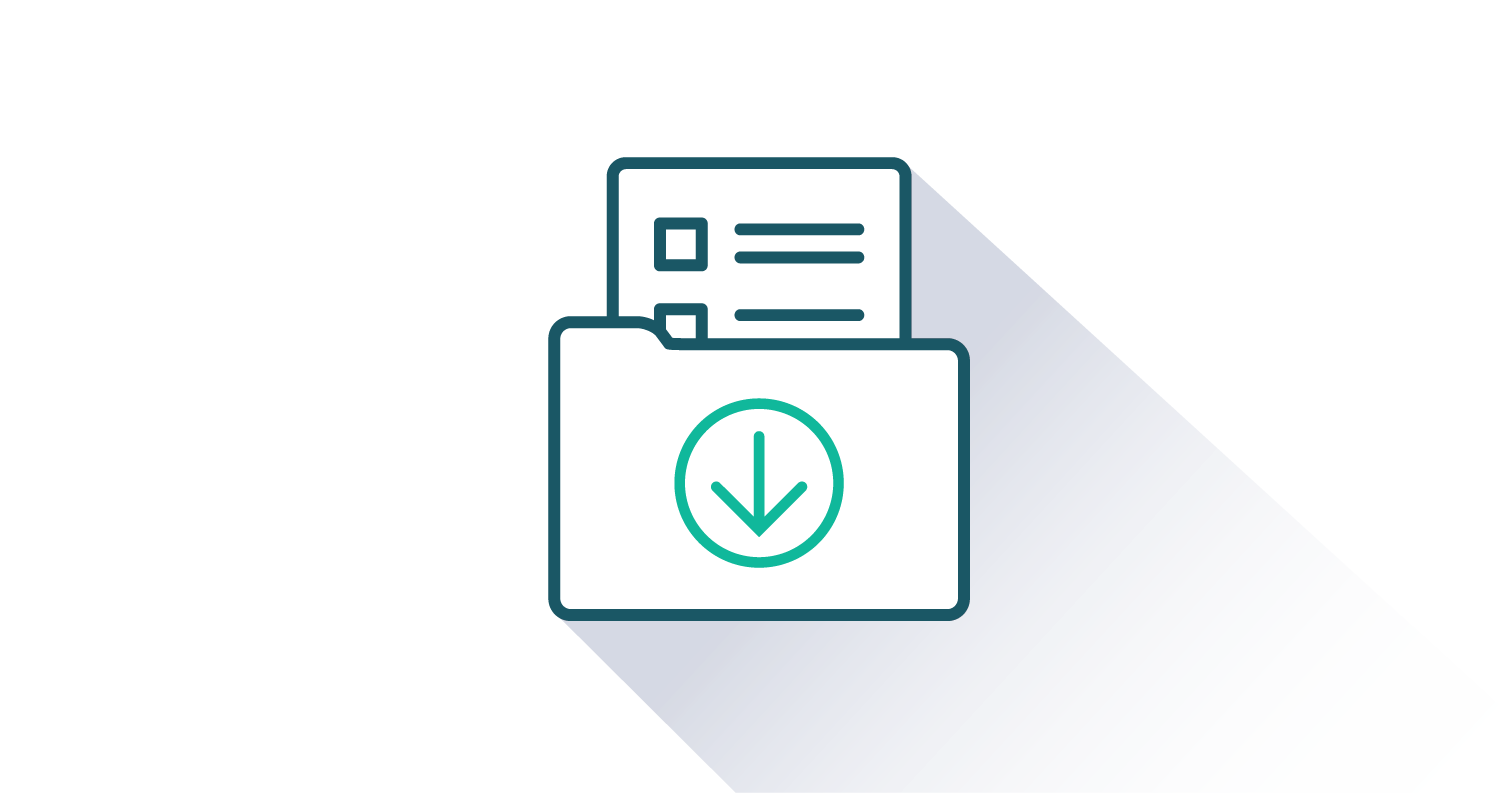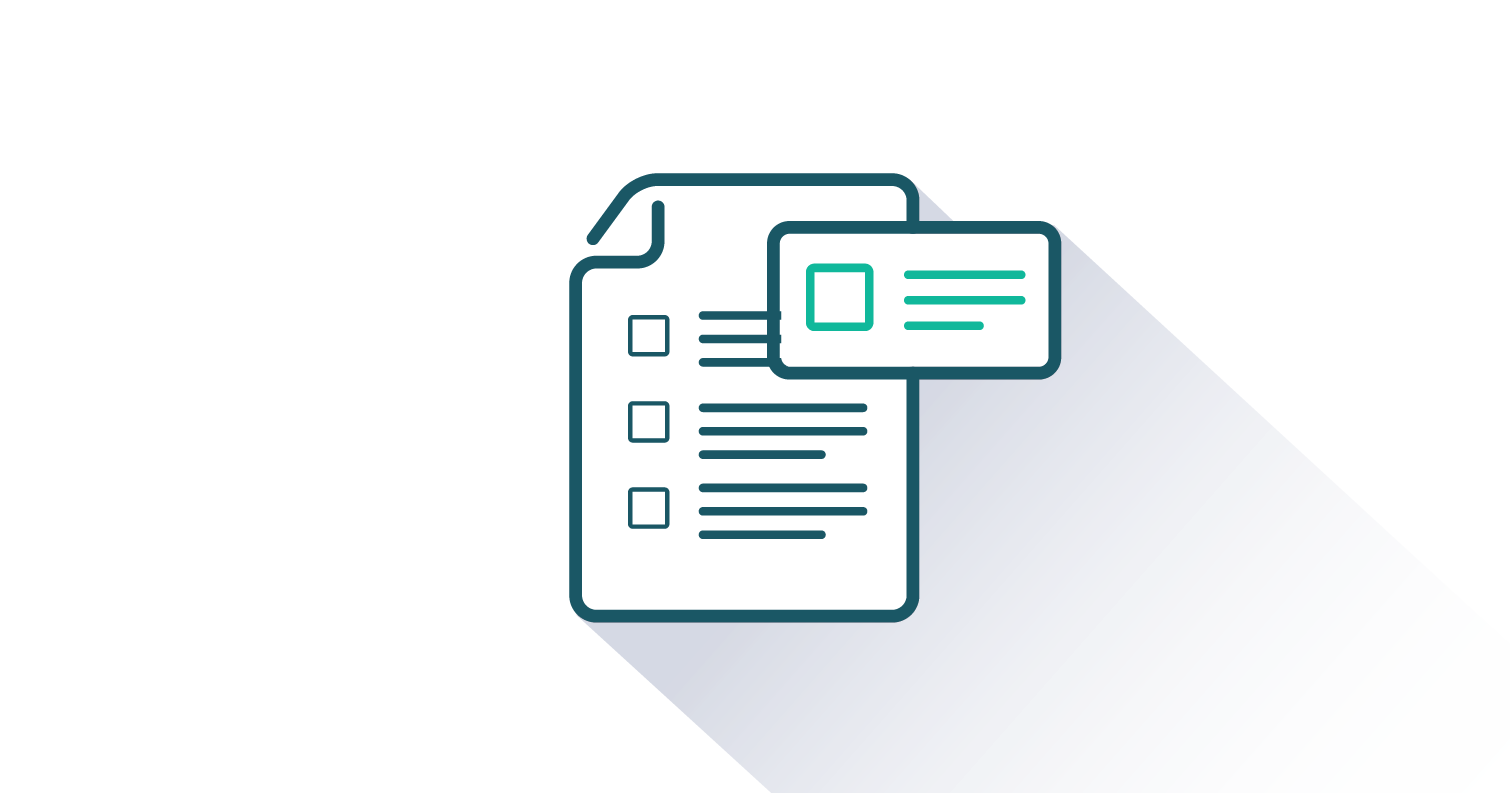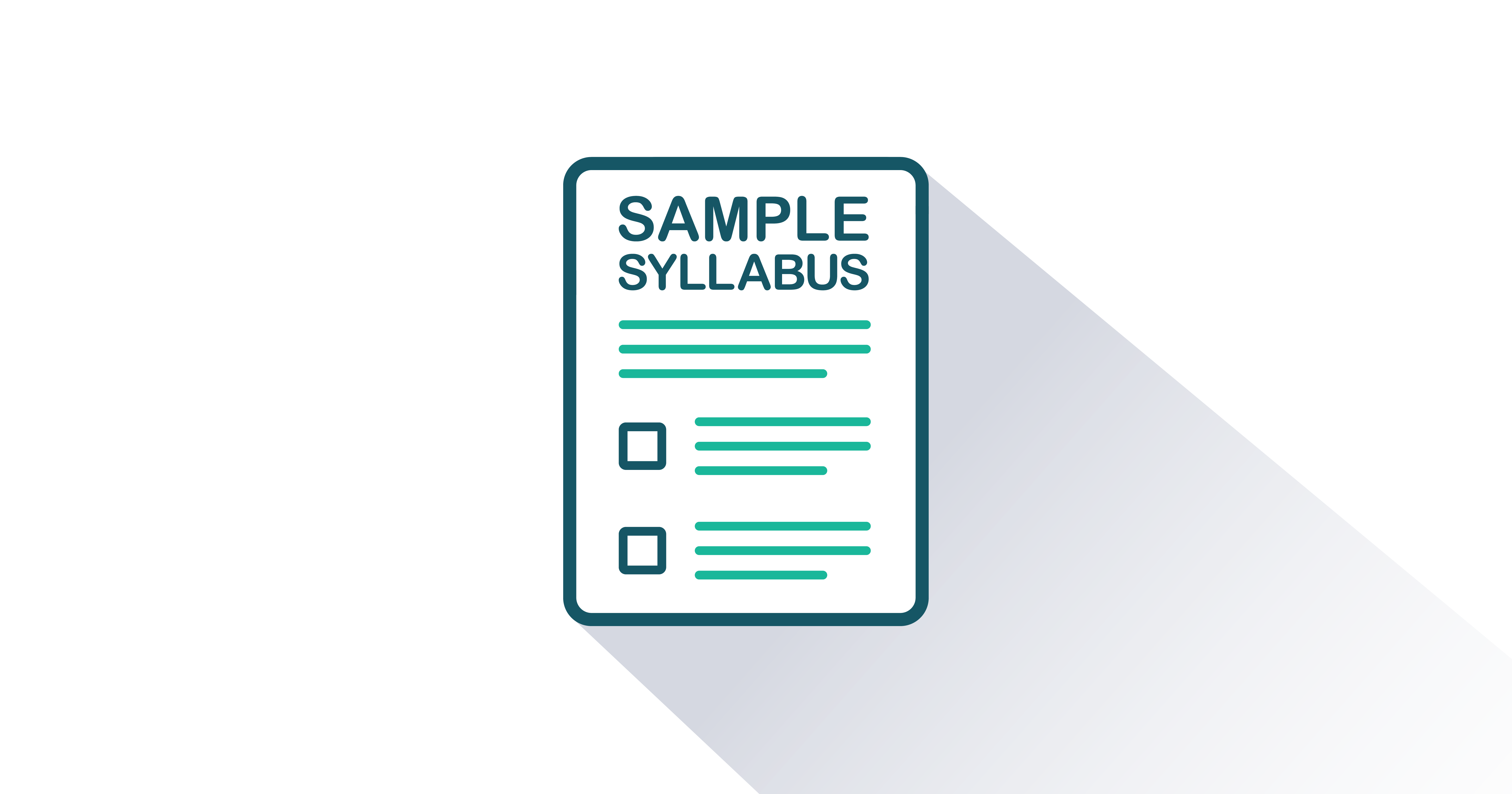Robyn L. Raschke University of Nevada - Las Vegas
Robyn L. Raschke (PhD Arizona State University, CPA) is Professor and the Kenneth and Tracy Knauss Endowed Chair in Accounting in the Lee Business School at University of Nevada, Las Vegas. She is a long-term participant in the American Accounting Association’s (AAA) Strategic and Emerging Technologies Section, most recently serving as Section President in 2020. From 2017–2019, Robyn also served on the AAA Finance Committee (Executive Committee).
Prior to receiving her PhD, Robyn spent over 15 years working in San Francisco and the Silicon Valley. Her business experiences include vice president/controller for several high-tech companies and corporate consulting. She has received a number of awards and honors, including most recently the Lee Business School Online Teaching Fellow (2019–2020); The UNLV Teaching Academy Fellow (2018–2019); Best Paper Award, Global Innovation and Knowledge Academy (2017); and AAA Strategic and Emerging Technologies Section Service Award (2016). Robyn is Associate Editor, International Journal of Accounting Information Systems and is on the editorial boards of Journal of Information Systems, Journal of Business Research, Journal of Marketing Analytics, and Journal of Accounting Education among others. Robyn is a frequent conference presenter, and her research interests focus on how information presentation impacts decision making as well as organizational and process performance measurement. Her academic work is published in International Journal of Accounting Information Systems, Journal of Information Systems, Information and Management, Accounting, Organizations, and Society, and Journal of Business Research.



